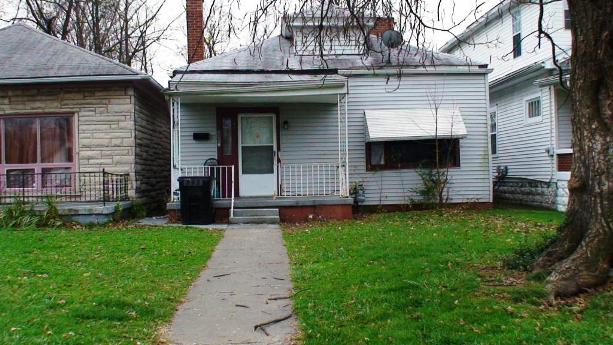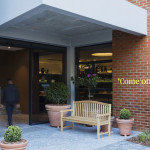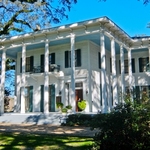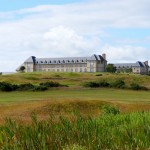This was the Muhammad Ali boyhood home and I was standing right outside the front door having a moment.There’s a small clapboard house in an ordinary residential street in a predominantly black area on the west side of Louisville, Kentucky.
It has seen better days that’s for sure, but to the people who still live there, it’s home. There’s a small front lawn dominated by an old big tree and the little garden out back has a little rusted bike lying on its side. Its all unremarkable, but 63 years ago a very remarkable young man grew up there and became one of the most famous men in the whole world.
I was looking at the old tree there and thinking that maybe, just maybe the great man stood in this very spot as a boy and thought a lot about becoming the boxing champion of the world. I even searched the gnarled trunk looking for possible clues scratched there, but sadly there was no ‘C C is the Greatest’ on it that I could see. That Ali lived here is a fact, what is more extraordinary is that there is nothing that marks it out. No plaque, no sign or even a mention of it in the tourist material. It was almost as if Louisville wanted to keep it all under wraps. But there is a story to be told here and I’m going to tell it.
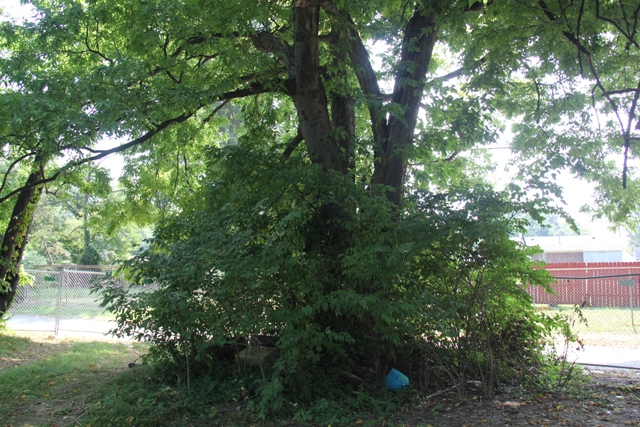
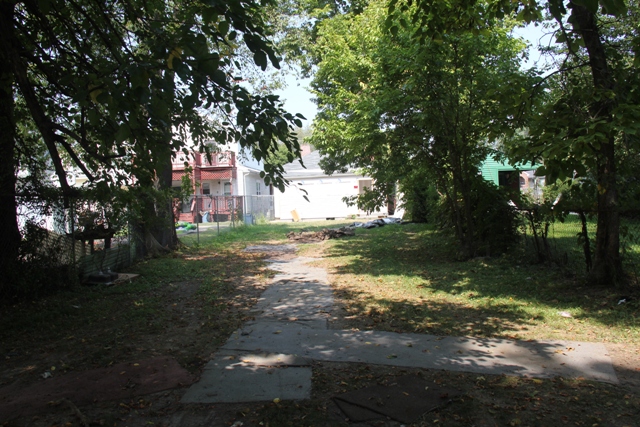
Muhammad Ali’s date with destiny actually came through a chance encounter with a white police officer by the name of Joe Martin. Louisville in the 50’s and 60’s was a hot bed of racial tension and there was a virtual dividing line in the city where blacks were not allowed to cross to shop, eat or live. The twelve year old Cassius Clay had his bike stolen one day and furious, he wanted to exact revenge on the thief, however Officer Martin convinced him to get into shape first. He took the young Clay under his wing and introduced him to the amateur gym he ran and taught him to box. That building (although its no longer a gym) is still there today and is over 5 miles away from the little house. Clay went there every day to train come rain or shine and was eventually spotted by some white businessmen who, impressed with his raw, loud mouthed potential, invested in him and rest is history.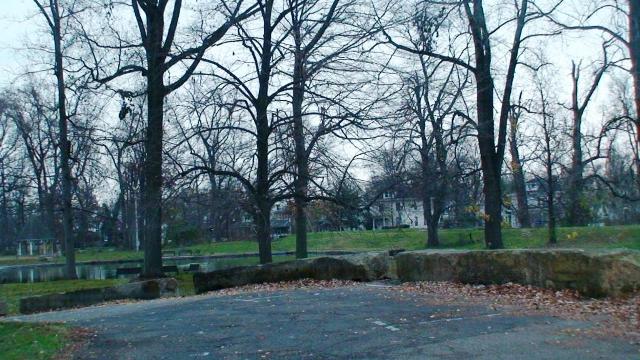
Although the gym where he learned his craft is no longer there, the black-only Chikasaw Park where he ran each day certainly is, some two or three miles in the opposite direction from his house, although these days everyone is welcome there. I took a jog around the park and images of Muhammad Ali kept coming into my head, did he see these same trees? Did he stop awhile at this bandstand like me to catch is breath? It all gave me shivers.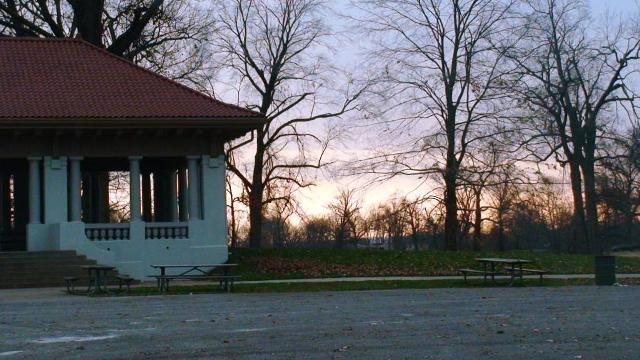
Today, the city hails its famous son with the Muhammad Ali Centre, a downtown large building by the banks of the Ohio river just a stone’s throw from the bridge where he, as the legend goes, threw his Olympic medal into the river. The truth is, he says, that he just lost it, but the myth will live on. The Centre commemorates his life journey both inside and outside the ring documenting his career and his many legendary fights, but also his faith, and his commitment to world peace. It’s a place for teaching both children and adults about tolerance, confidence, respect and understanding.
Ali regularly visits, and now that he has moved back to Louisville, he fully intends to be there more frequently. Sadly, he was absent when I visited, but there is always next time, and maybe then I can ask him about that old tree…
Update June 2016
Sadly, Muhammad Ali passed away this weekend. I feel sad for the loss of one of the greatest boxers that ever lived, but privileged to have been able to walk in his boyhood footsteps during his lifetime. I revisited his boyhood home last year and found it had been purchased by a local company to be renovated and made into a museum. I think that is a fitting way to preserve this tiny home, where such a talent learned his trade.
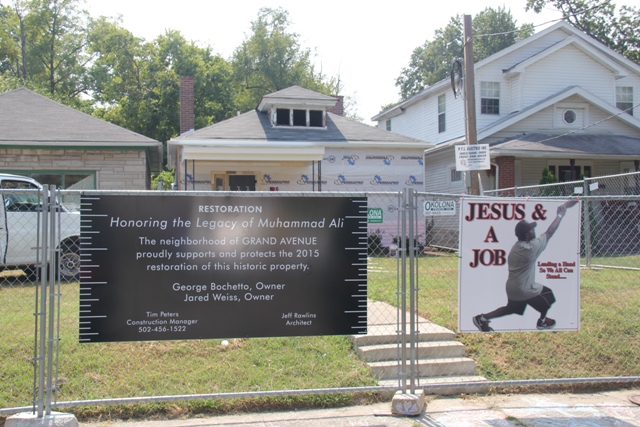
Rest in peace Muhammad Ali. You were The Greatest.
All images Muhammad Ali House and parks (c) Andy Mossack

